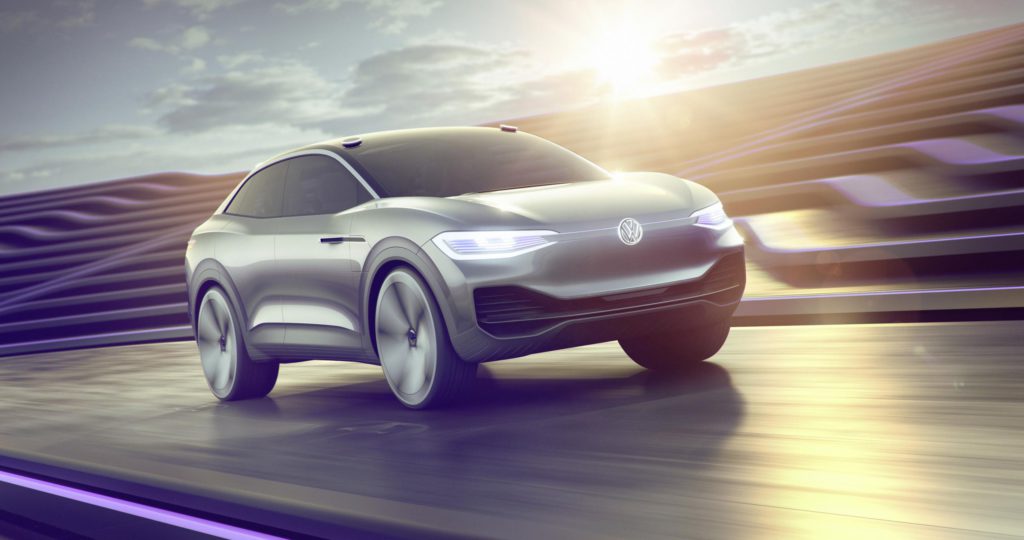VW could face largest EU CO2 target penalties
27 June 2019

27 June 2019
Volkswagen Group (VW) and Fiat Chrysler Automobiles (FCA) could face the highest CO2-related fines in 2021 if they do not drastically reduce their average fleet emissions.
The German carmaker is facing a penalty of up to €1.8 billion and the US-Italian company will see fines of €746 million – although the latter does not take into account recent emissions credits bought by the company. The figures come from a new study by consulting firm AlixPartners.
The consultancy firm has forecast the size of potential penalties based on the vehicle emissions levels reported by carmakers at the end of 2017. Since then, however, many players have reduced CO2 emissions through higher sales of electric and hybrid vehicles.
Difficult times
VW said it plans to comply with the European rules while FCA has said it will pursue the cheapest option for complying with the rules – a step that may include paying fines. It has already agreed to pay electric vehicle (EV) specialist Tesla €1.8 billion to pool its emissions, reducing its overall average.
The results highlight how difficult carmakers are finding it to hit the 95g/km average CO2 target required by the EU in 2021. These targets will then reduce by 15% in 2025 and 37.5% by 2030.
VW faces the largest fine because it is Europe’s biggest carmaker by market share – at 24.3%, according to the European Automobile Manufacturers Association (ACEA). To meet European Union emissions rules, it plans to mass-produce electric cars and recently launched its first bespoke battery-powered vehicle, the ID.3.
Volvo and Toyota are the only major automotive groups that do not face penalties, and could sell their surplus emission credits to other automakers, the study showed.
Electrification financials
The report projects that industry spending earmarked for electrification has grown 25% over the past year and will reach €261 billion by 2023. The amount targeted for autonomous-vehicle (AV) technologies through that same period is now up to €66 billion.
There will also be a large hit for manufacturers that are maintaining dual internal combustion engine (ICE) and EV powertrains – around €2 billion per year, per platform. Most companies currently face no other option, however, with spending on development spread across their businesses.
For suppliers, the study finds that mass vehicle electrification will reduce the value of traditional components by 85%. The average number of powertrain components could drop from 1,500 for today’s ICE powertrains to just 230 for EVs, contributing to the forecasted 40% drop in pre-tax margins by 2021.
Dealer warnings
On the retail front, the study finds that dealers stand to see €1,150 per vehicle in service-and-parts revenue totally evaporate due to vehicle electrification alone, as an estimated 35% of scheduled maintenance for today’s vehicles will become moot with EVs.
Overall, says the study, dealers are facing as much as 20% revenue and 20% gross-margin declines due to the industry’s switch-over to new mobility. To maintain profitability, dealers should both examine their current cost structures and look for new pools of revenue sources.
′This industry needs to brace for some sizeable bumps ahead, profit wise, as the necessary spending on new mobility ramps up just as key markets around the world continue to cool,’ says Andrew Bergbaum, AlixPartners’ UK automotive leader. ′It is the perfect storm, and those that emerge successfully from this will be determined by the action they take in the next few months, not years.
′We are at a pivotal moment in the automotive industry’s evolution, and this is not a time for small tweaks. Success and long-term future relevance require bold decisions and significant investments to underpin dramatic transformations of operations and, in many cases, entire business models.’